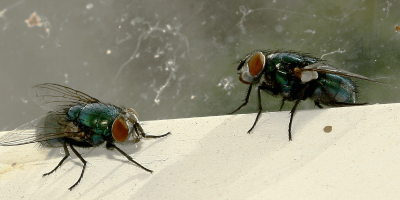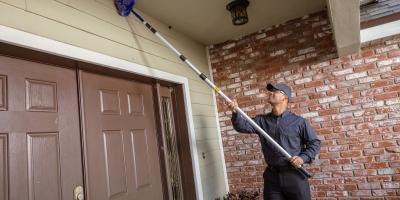The Residents You Don't Want Moving Into Your Retirement Community

An active retirement community can be a bustling place, full of fun activities and energetic residents, and even though some communities have explicit rules about how old you have to be to get in, it pretty much goes without saying that only human tenants are allowed. But that doesn’t mean retirement communities don’t attract a lot of non-paying tenants as well in the form of common pests.
Any time you have a sizable number of people densely populating a relatively small area, especially where lots of meals are cooked and served multiple times per day, you’re going to attract pests. Add to the mix some common conditions associated with advanced age, like poor eyesight and a newfound fondness for spontaneous napping, and these invaders can often go relatively unnoticed.
Common Pests Found in Retirement Communities
The most common pests you might find in a retirement community are essentially the same ones you’re likely to encounter at hotels, hospitals or any other large-scale full-service facilities: ants, bed bugs, cockroaches, mice and rats.
Risk factors associated with this motley crew of pests run the gamut from not much more than a nuisance to full-blown threats to human health and safety. Ants, for example, can be unsettling, especially in great numbers, but they pose no serious threat in terms of transmitting illnesses to humans.
Similarly, bed bugs are typically pretty harmless, although their bites can be irritating and, if left unchecked, their populations can explode rather quickly.
Cockroaches pose some more serious threats against human populations, especially allergy sufferers and people with asthma who can react dramatically to cockroach exposure with symptoms as severe as difficulty breathing or chest pain.
Mice and rats, however, are about as bad as it gets, as both types of rodents pose a veritable cornucopia of health risks, including hantavirus, a disease called lymphocytic choriomeningitis that can lead to neurological problems, a potentially life-threatening bacterial infection called tularemia, and bubonic plague (which history buffs will remember wiped out about a third of Europe in the 1300s).
Protect Yourself and Your (Human) Residents
No matter how upscale and glamorous a long-term care facility may be, it will always be a target for scavenger pests. That’s why preventative pest control is the first and best defense against ants, bed bugs, cockroaches and rodents.
Obviously, if a problem surfaces it’s critical to the health and safety of residents that it be addressed promptly. But even in the absence of an apparent problem, facilities should have a pest control program in place and be constantly on the lookout for signs of infestation.
Key to this process is having a well-trained staff who can recognize signs of a pest problem, such as unusual rashes or hives on residents, telltales spots on linens and awareness of cracks or holes that pests can use to gain entry into the facility.
Proper sanitation procedures are also a must, as the best way to avoid pest problems is to make the facility as unattractive to pests as possible.
But more than anything else, an effective pest control program needs to be managed by an expert. Our specially trained service planners will work with you and your specific needs to ensure that your doors are barricaded against unwelcome guests.
Schedule a free consultation with your local service planner to discuss how to keep pests out of your retirement home.



